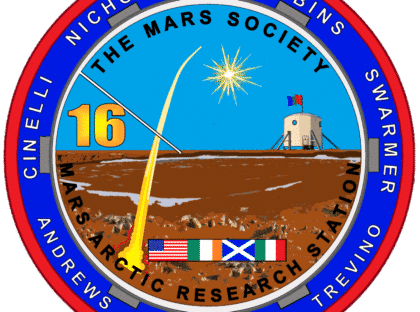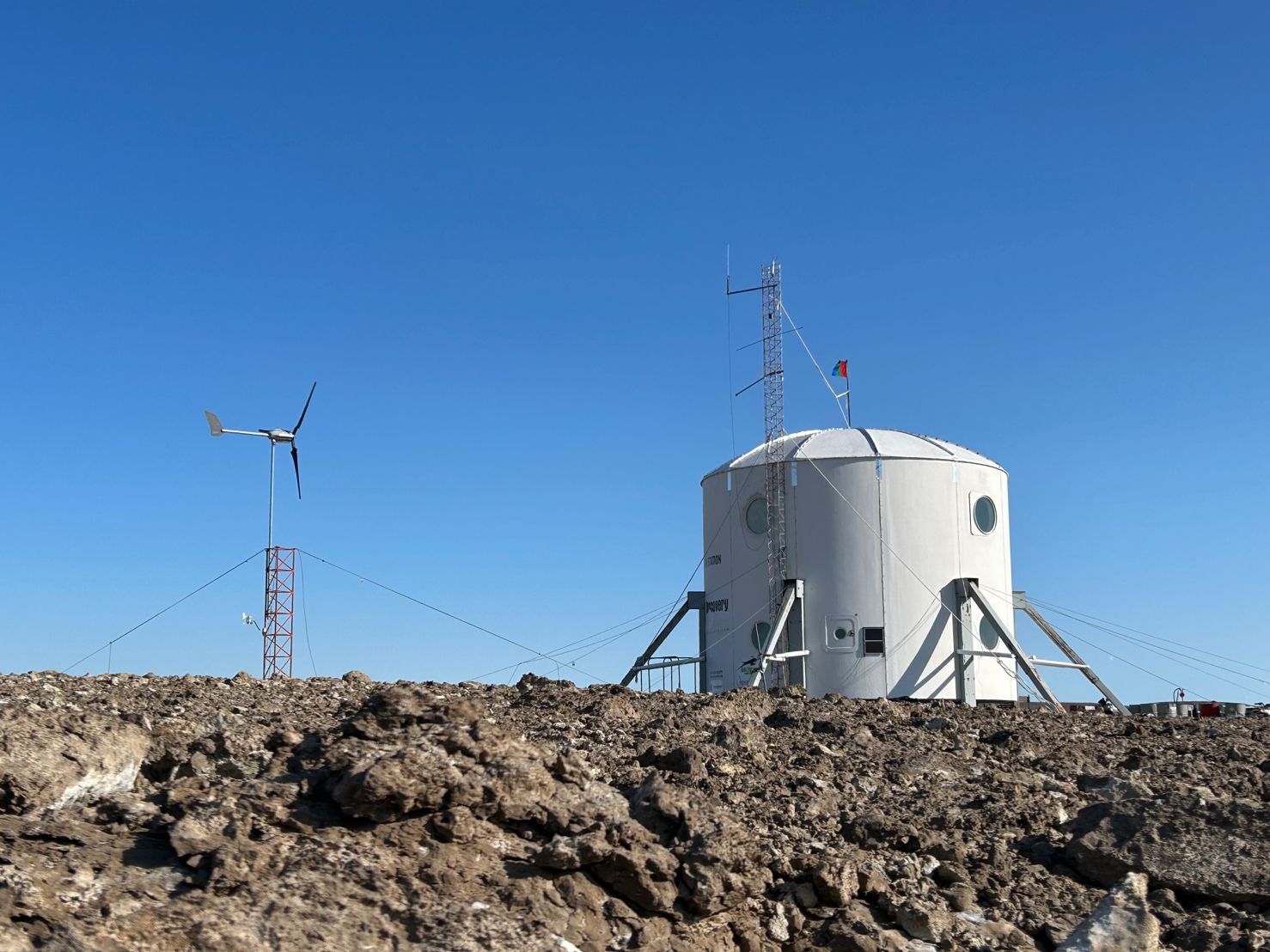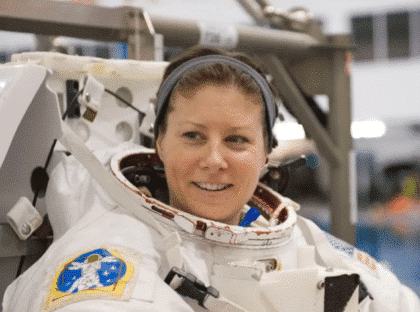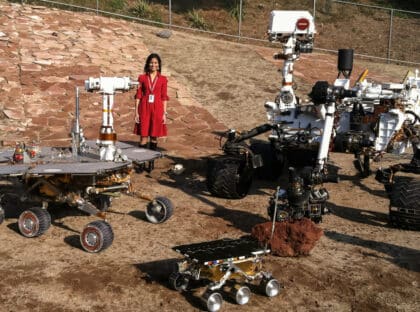
The Mars Society is excited to announce the return of an international crew to the organization’s Flashline Mars Arctic Research Station in northern Canada for approximately two weeks, beginning on June 26th (weather permitting).
Established in 2001, the Flashline station aims to develop the capabilities needed for Mars to enable productive field research during long human missions. Over the years, the facility has evolved to achieve higher levels of realism and fidelity, ultimately supporting the training of Mars-bound astronauts.

Located on Tallurutit, also known as Devon Island, the largest uninhabited island on Earth, the Flashline station sits on the rim of the 14-mile-wide (23-kilometer) Haughton Impact Crater formed around 30 million years ago.
Designated as Crew 16, the Arctic Wolves, this seven-member team’s primary objectives focus on science, safety, and simulation. Their research will characterize the local environment, investigate water sources for nanoplastics, microalgae, bacteria, and lichen deposits, and test air quality, radiation, and magnetic fields. Additionally, the crew will work on developing communication protocols for Mars, enhancing leadership and collaboration in geology projects, and improving operational safety measures, including gray water management and generator maintenance.
The team includes:
– Crew Commander: Ilaria Cinelli, Ph.D., FAsMA (Italy)
– Health & Safety Officer: Tiffany Swarmer, MSc. (U.S.)
– Chief Engineer: Mason Robbins, Ph.D., FRSA (Scotland/American)
– Chief Science Officer: Natasha Nicholson, Ph.D. (Scotland)
– Crew Logistics: Michael Andrews (U.S.)
– Mission Specialist: Rhett Woods (U.S.)
– Executive Officer: Terry Trevino, MSc., Ph.D. Student, UND (U.S.)
“We’re very excited about our dedicated crew and the upcoming mission. This marks our second Arctic expedition within the last 11 months, allowing us to conduct follow-up observations and further utilize our Flashline station. Situated in the world’s most unique and scientifically intriguing Mars analog region, our station continues to be a vital asset for advancing our understanding of Mars-like or extreme environments,” said James Burk, Mars Society Executive Director.
Throughout the 2024 summer analog in the Nunavut Arctic, the Mars Society’s communications department will provide regular updates on the crew mission. These updates will include reports, photos, and mission statements, shared via the Mars Society’s website, social media platforms, and email reports.
The Mars Society would also like to express its warmest appreciation to the people of Nunavut for their long-standing support, and Tim Gagnon, the graphic artist who created Crew 16’s wonderful mission patch. He has designed dozens of other patches for NASA crew missions and Mars Society analog missions.
For more information about the Mars Society, its analog research program, and how to get involved as a member, volunteer, or donor, please visit www.marssociety.org. A detailed report by the Flashline 2024 crew will be presented at the 27th Annual International Mars Society Convention at the University of Washington (Seattle) this August.


